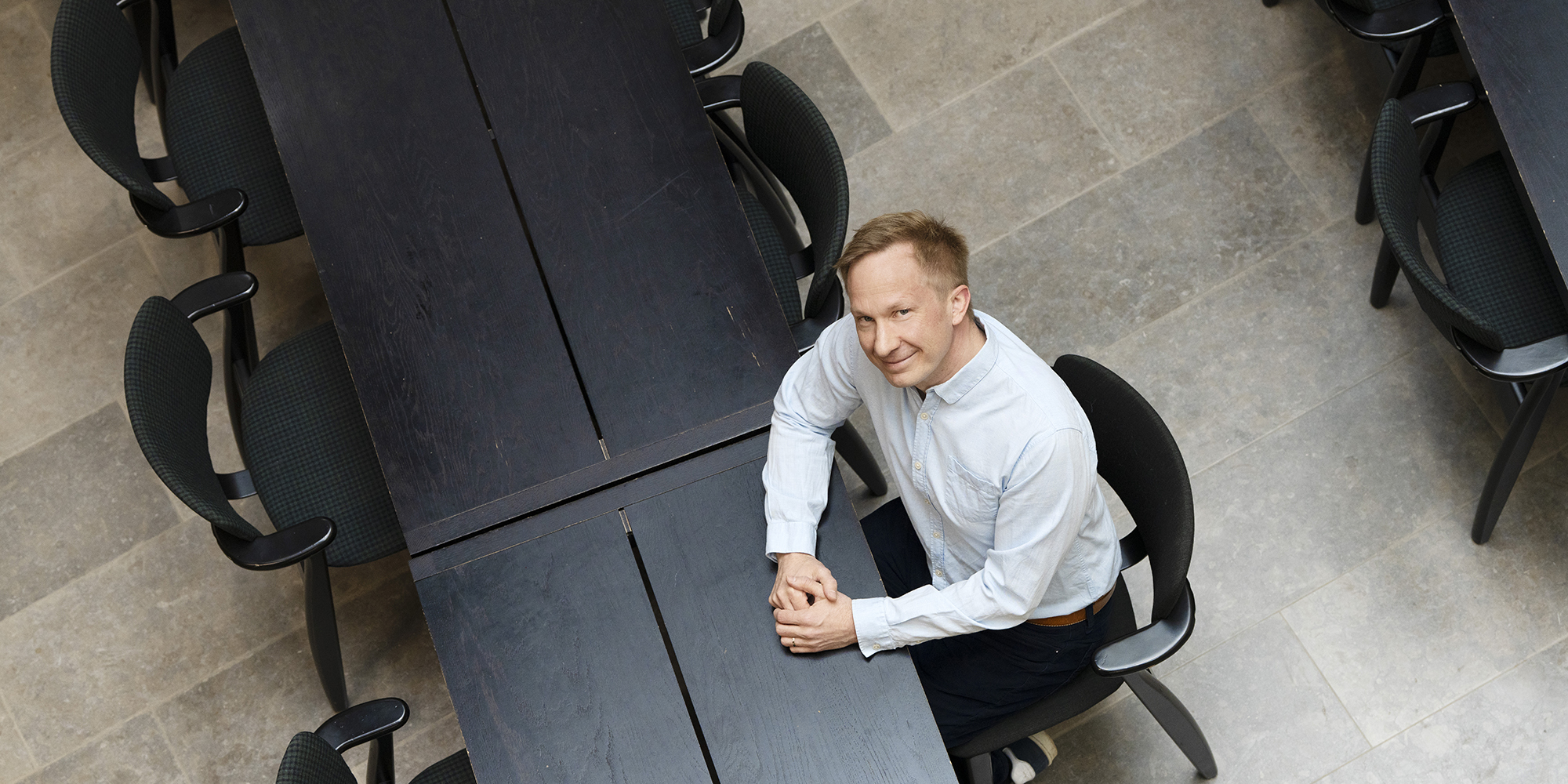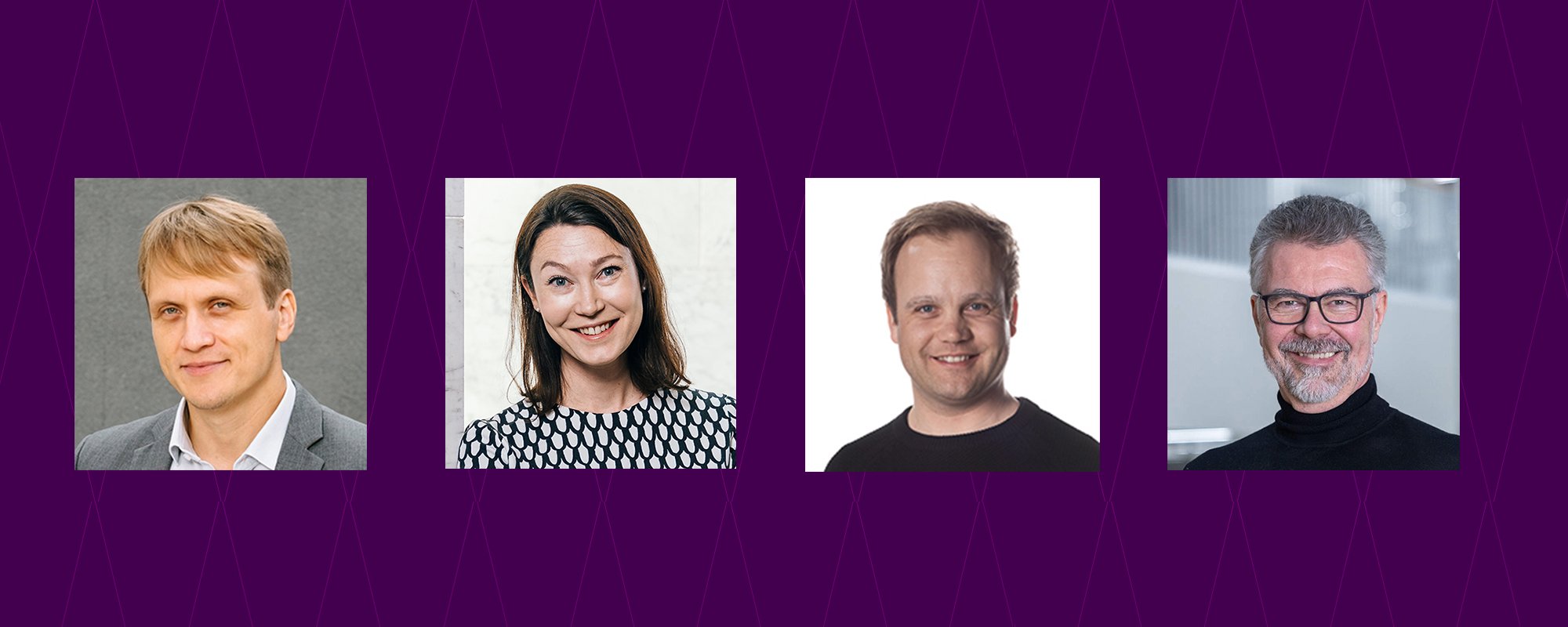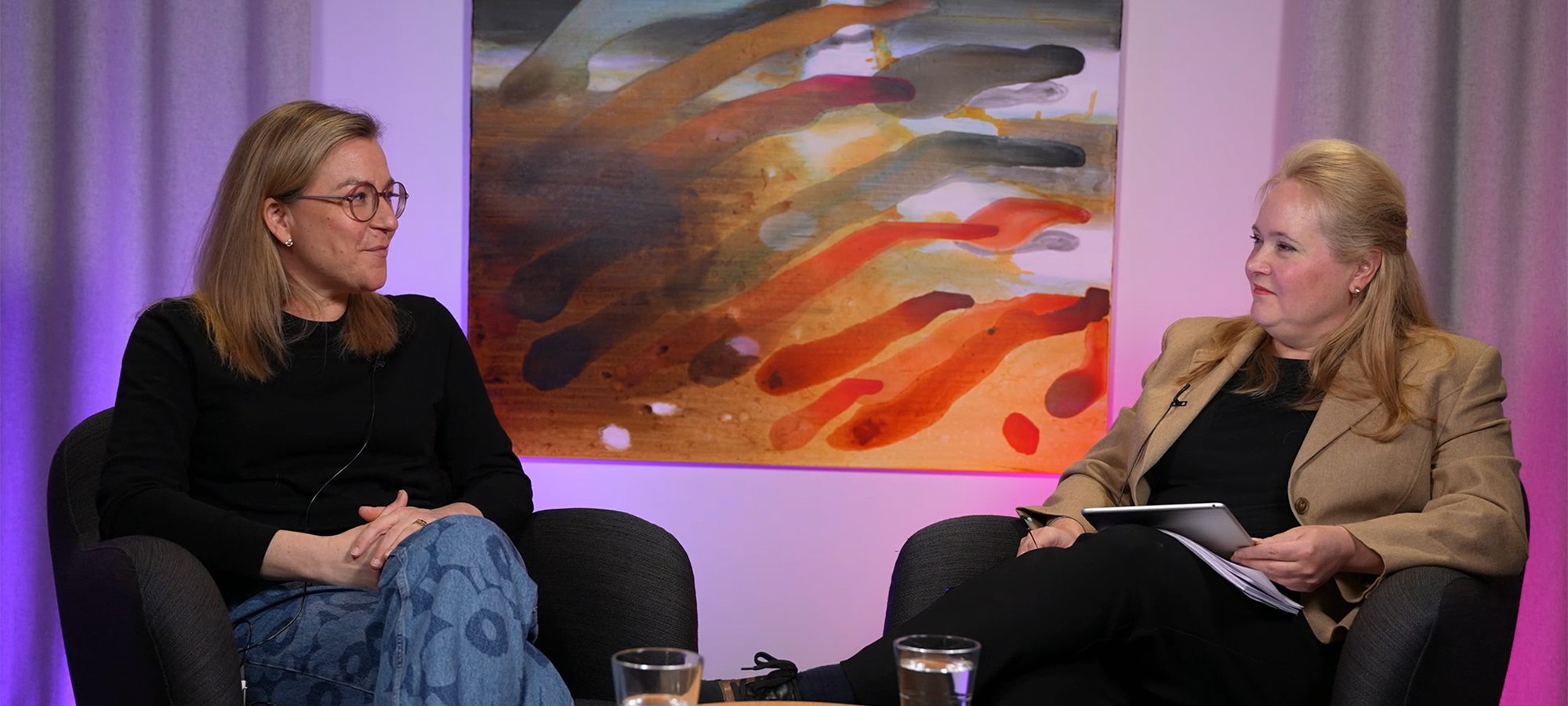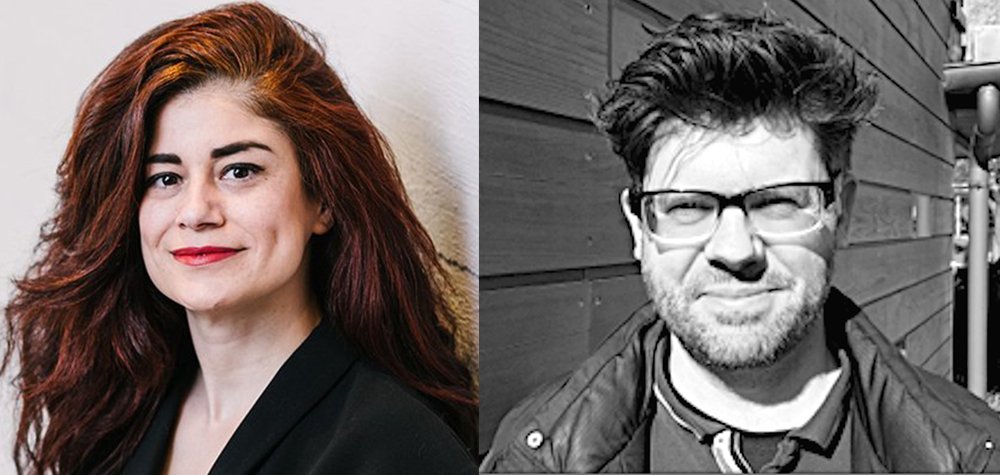Sustainability in Freight and Logistics – “Big Corporations Are Aware of What They Have to Do – Others Haven’t Done Much Yet”
Cutting emissions in freight and logistics is harder than in most industries, said Professor Allan Larsen from Technical University of Denmark at an Aalto EE event. The big question is whether customers are willing to pay extra for sustainability and which new emerging technologies will prevail.
Heidi Hammarsten, 12.04.2024
|Articles
Decarbonization is one of the megatrends with highest impact to freight and logistics industries in the long term, according to Professor Allan Larsen from the Technical University of Denmark.
Unfortunately, the transport sector at the moment is not on track in cutting emissions.
“Transport is the largest climate problem in Europe. Its emissions have risen 28 percent since 1990 while other sectors are reducing theirs,” Larsen says. He was the keynote speaker in Future of Freight seminar organized by Aalto EE in Helsinki and online. The seminar was hosted by Associate Professor Katri Kauppi from Aalto University.
There are several reasons for this undesirable development. Both infrastructure and supply of key elements are lacking. For example, there’s plenty of talk about biofuels but not enough material, such as used cooking fat, for growing production.
Big corporations are very aware of what they have to do. They are investing a lot in decarbonization and willing to pay extra."
In addition to this, currently it varies widely how seriously the freight and logistics companies take sustainability and cutting emissions. In the field of transport there are many types of businesses, a large group of them small ones in heavy competition with thin profit margins.
Freight and logistics are always a part of the value chain of other businesses. The incentive to cut emissions often comes from these customers, or their customers.
“Big corporations are very aware of what they have to do. They are investing a lot in decarbonization and willing to pay extra. Some others have started to talk about sustainability but haven’t done much yet,” says Larsen.
He gives an example of a customer willing to invest in sustainability: Danish Novo Nordisk is hugely profitable and has an ambitious “Mission for Zero” strategy.
Scope 3 is coming
“There is an increasing focus on Scope 3 emissions. As a company, you cannot do all the heavy lifting alone, but will need to collaborate with suppliers and customers to reduce value chain emissions,” Sustainability Specialist Miika Korja from McKinsey & Company said in a panel discussion on sustainability in the transport and freight industry.
The companies know the demands of the regulation.
Doing more than that means often rising costs,
and that’s where they are struggling
with the customers."
Korja pointed out that there is an upside as well: there could be cheaper green funding available for projects that meet the investors’ or banks’ green criteria.
Chief Policy Adviser Tiina Haapasalo from the Confederation of Finnish Industries talked about the impact of the regulation.
“The regulation in the EU only looks at the tail pipe emissions, not the life cycle impacts of various energy sources like renewable fuels. The companies know the demands of the regulation. Doing more than that means often rising costs, and that’s where they are struggling with the customers.”
Haapasalo also gave a positive example of Finnish companies: Posti is changing their fleet into electric vehicles, and they take an advantage of this in their marketing.
Hydrogen, synthetic or biofuels?
Electrifying heavy vehicles is much more challenging than light transport.
Many alternative technologies are emerging, such as hydrogen and synthetic fuels but it is too early to say which of them will eventually turn out to be economically viable and usable in a larger scale.
Haapasalo pointed out that in the next EU green strategy aviation and maritime industries will be prioritized in the use of biofuels, because other alternatives for cutting emissions are harder for them.
How do you know which basket
you are going to put your eggs in,
if you have insecurity about how
many hens and baskets there are."
Korja mentioned that biofuels hold significant emission reduction potential, but the feedstocks for producing them are limited. This has pushed players to also explore e-fuels, which are produced by using CO2 and hydrogen.
Larsen cites Gartner’s Hype Cycle, which states that with new technologies there is always a hype phase where expectations are overestimated. Inflated expectations are followed by disillusionment and “the plateau of productivity” comes later if at all.
“How do you know which basket you are going to put your eggs in, if you have insecurity about how many hens and baskets there are,” he describes.
Next challenge according to Larsen is that data sources for calculating emissions, especially at value chain level, are inconsistent and need common standards. Otherwise, some emissions can be calculated twice and others left out.
“Thousands of subcontractors are measuring and reporting emissions differently – where is the end-to-end view?”
Good news about electrification
Larsen has some good news about electrification as well. Battery-electric technology for trucks is progressing rapidly, with over 300 models worldwide suitable for most truck applications. Financial viability is on the rise-most electric trucks are projected to become cheaper to own and operate before the end of the decade.
Policymakers are establishing clear policy standards and objectives in various regions. Leading shippers are active as well, and they are indicating that truck electrification will be a significant investment focus to decarbonize logistics.
“The main challenge here is the transition period, when companies have to keep up double operating and maintenance systems for both old and new fleet.”
Nordic countries have both pros and cons when it comes to electrification. The clean energy mix up here is beneficial compared to elsewhere in the world, but geography and climate are not.
“Establishing charging infrastructure in remote areas presents challenges. Temperature and road conditions do play a role as well--particularly for heavy duty transports such as forestry.”
Larsen also discussed city logistics or “the problem of the last mile.” It is not easy to combine the idea of a livable city with no congestion, low emissions, and safe traffic with accessibility for freight transport operators. He points out the need to optimize the whole city logistics system, not just the operations of single transporter.
“The basic idea is an urban consolidation center, where freight flows are coordinated. Transport operators should work together on this model. It’s not easy if they are competitors, but if you are not able to cooperate, you might see that you are challenged by really big players.”
The Future of Freight seminar was organized as part of Aalto EE’s new Diploma in Global Logistics program. You can learn more about the program here.





















